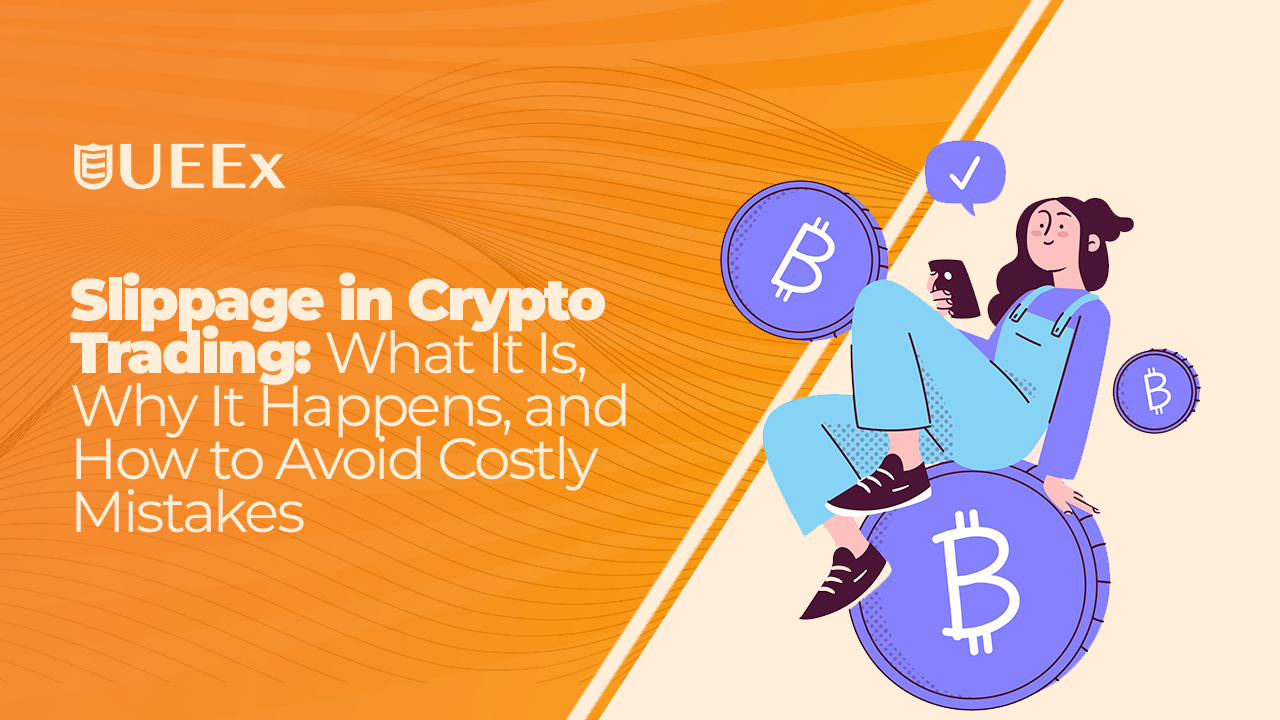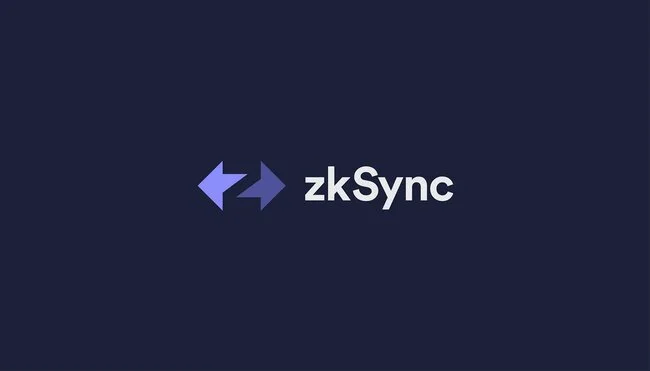If you’ve ever placed a trade in the crypto market and noticed that the price you actually got wasn’t quite what you expected, congratulations, you just encountered slippage.
Slippage is one of those hidden realities of crypto trading that catches many beginners off guard. It refers to the difference between the price you intended to execute a trade at and the price at which it was actually filled.
Imagine you’re trying to buy Bitcoin at $60,000. You hit “Buy,” but by the time your order is executed, the price has jumped to $60,200. That $200 difference? That’s slippage.
In this guide, we’ll break down everything you need to know about slippage in crypto trading, what causes it, how it affects your trades, and most importantly, what you can do to protect yourself from its worst effects.
Key Takeaways
- Slippage happens when a trade executes at a price different from what was expected. It can be positive (you get a better price), negative (you get a worse price), or neutral (no difference at all).
- The main causes of slippage include low market liquidity, high volatility, large trade sizes, and delays in trade execution. These factors create gaps between the price you see and the price your trade is filled at.
- There are three main types of slippage: positive slippage (your order executes at a better price), negative slippage (worse price), and zero slippage (your expected price matches the actual one).
- Low liquidity means higher risk. If you’re not careful, you might enter or exit a trade at a price far worse than expected—or be unable to execute your trade at all.
What is Slippage?
Slippage occurs when there’s a mismatch between the expected price of a trade and the actual execution price.
A rise or fall on the expected price of a trade might occur leading to profit or loss. In formal terms, it is known as positive slippage or negative slippage.
Centralized Exchanges (CEXs)
Centralized exchanges (CEXs) are platforms managed by a central authority or company that facilitates the buying, selling, and trading of cryptocurrencies.
These platforms act as intermediaries, providing custodial services, user interfaces, and robust trading infrastructures. On centralized exchanges (CEXs), the primary causes include:
- High volatility, leading to rapid price changes between order placement and execution.
- Low liquidity, where large orders “eat through” the order book. Large order sizes, which can’t be filled at one price level.
Major examples of centralized exchanges are Bybit, Binance, and UEEx. UEEx is a centralized cryptocurrency exchange (CEX) that offers users a platform to trade various digital assets.
As a CEX, UEEx operates under a centralized authority, managing user accounts, order books, and transaction processing. This structure provides users with a user-friendly interface, high liquidity, and customer support services.
Decentralized Exchanges (DEXs)
Decentralized exchanges (DEXs) allow users to trade crypto assets directly from their wallets without intermediaries. These platforms run on blockchain technology and rely on smart contracts to execute trades.
On decentralized exchanges (DEXs) like Uniswap or PancakeSwap, slippage is more common due to:
- Automated Market Maker (AMM) models, which adjust prices dynamically based on the ratio of assets in liquidity pools.
- Frontrunning and sandwich attacks, which manipulate the order flow.
In short, CEX slippage is often due to market depth and speed, while DEX slippage is tied to liquidity pool mechanics and blockchain transaction delays.
Types of Slippages in Crypto Trading
In crypto trading, not all slippage is bad. While it’s often seen as a negative experience, slippage can work for or against you depending on market conditions. Let’s break it down into two main types:
Positive Slippage
This occurs when your trade is executed at a better price than expected.
For example, you place an order for Ethereum at $3,000. By the time your order is filled, the price has dropped to $2,990. You’ve just received a positive slippage. You bought for $10 less per coin than you intended.
The same can happen on the sell side selling at a higher price than expected. Real life examples of this type of slippage are:
1. The Ethereum Merge (September 2022):
The Ethereum network transitioned from Proof-of-Work to Proof-of-Stake. Leading up to the merge, ETH saw increased speculative buying.
Some limit buy orders were filled during fast-moving price swings at prices below the limit price, especially on decentralized exchanges with high liquidity pools (like Uniswap).
2. Dogecoin Pumps (Early 2021 – Elon Musk Tweets)
Elon Musk tweeted favorably about Dogecoin multiple times. Traders like Stratton Oakmont, Jonathan Lebed, and Enron who placed buy orders in anticipation of pump behavior had orders executed at prices better than what they saw quoted, particularly when large market makers stepped in, or order books quickly adjusted.
Note: According to wikipedia, a Pump and dump (P&D) is a form of securities fraud that involves artificially inflating the price of an owned stock through false and misleading positive statements (pump), in order to sell the cheaply purchased stock at a higher price (dump).
To wrap it up, positive slippage usually occurs in fast-moving markets where prices are fluctuating in your favor, or when there’s unexpected liquidity at a better price. This type of slippage increases your profit potential and is usually seen as a bonus.
Negative Slippage
Frustrating yet common, this is another type of slippage that can be experienced in the crypto world. Opposite to positive slippage, it happens when your order is executed at a worse price than expected.
A good example is when you place a buy order for Bitcoin at $60,000. But by the time it’s executed, the price has jumped to $60,300. That extra $300 per coin is negative slippage, meaning you spent more than you intended. It’s a loss.
Negative slippage typically occurs during periods of high volatility, when large price swings happen in seconds, or when liquidity is low and your order can’t be filled at the desired price.
Negative slippage also means the difference between the expected executed price of an order, and the price at which the order is actually executed at. In this case the order executes at a worse price.
Real life examples of negative slippage include:
1. LUNA/UST Crash (May 2022)
The Terra ecosystem collapsed after UST lost its peg to the dollar, leading to its unprecedented demand of a blockchain ecosystem and cost inventors tens of billions of dollars.
This concurrently led to extremely low liquidity and overwhelming sell pressure causing huge negative slippage especially on decentralized exchanges like Curve or TerraSwap.
2. The FTX Collapse (November 2022)
According to bloomberg, news of insolvency and bankruptcy at FTX led to mass withdrawals and fear.
FTX filed for bankruptcy in November 2022 after its co-founder, Sam Bankman-Fried, shut down the company’s platform and handed control to insolvency experts. Bankman-Fried was later convicted of fraud.
Users trying to sell FTT or other tokens on FTX (or on-chain assets connected to it) had their orders executed at significantly worse prices due to a sudden drain in liquidity and order book gaps.
Strategies To Minimize or Avoid Slippage
While slippage is a natural part of trading, especially in volatile markets like crypto, there are smart ways to minimize it or even avoid it altogether. Here are the most effective strategies used to protect capital from unnecessary losses:
1. Use Limit Orders Instead of Market Orders
The difference between a market order and a limit order is that; a market order buys or sells at the best available price, which often leads to slippage.
A limit order, on the other hand, only executes at the price you set or better. This gives you full control and eliminates the risk of your order filling at an unexpectedly worse price.
Pro Tip: Always use limit orders when trading illiquid coins or during volatile sessions.
2. Trade During High-Liquidity Hours
Crypto markets run 24/7, but liquidity isn’t evenly distributed throughout the day. Trading during peak hours typically when both U.S. and European markets are active can help you access deeper order books and reduce slippage.
The best time to trade should be around 1 PM to 4 PM UTC. It is generally considered a sweet spot for high liquidity.
3. Avoid Trading Thinly Traded Pairs
Low-volume or low-liquidity coins like Every Guy Coin or SafeMoon often have wide bid-ask spreads, making them highly susceptible to slippage. Stick to trading major pairs or coins with consistently high daily volume.
Examples of these types of coins are BTC/USDT and ETH/USDC. It will usually have far less slippage risk than small-cap altcoins or new listings.
4. Break Large Orders into Smaller Trades
If you’re trading a large position, executing it all at once can cause a big price impact, especially on less liquid assets.
Instead, split your trade into smaller chunks and execute them over time or through algorithmic strategies to reduce slippage.
This is often called order slicing, and it’s a common tactic among institutional traders.
6. Use Slippage Tolerance Settings (Especially in DeFi)
If you’re trading on decentralized exchanges (DEXs) like Uniswap or PancakeSwap, most platforms let you set a slippage tolerance. A percentage range you’re willing to accept.
It is also advisable to use platforms like UEEx to improve your trading experience.
Pro Tip: Setting your slippage too low may cause failed transactions, but too high may expose you to frontrunning or sandwich attacks.
Conclusion
Slippage is an inherent aspect of crypto trading, often underestimated by retail and even intermediate traders.
Slippage can silently chip away at your profits if left unchecked. But with the right strategies like using limit orders, trading during peak hours, and choosing the right assets and platforms, you can take back control and keep your trades sharp and cost-effective.
Whether using centralized exchanges (CEXs) or decentralized exchanges (DEXs), understanding how slippage works and how to minimize it is most important for capital preservation and trading efficiency.
Frequently Asked Questions (FAQs)
1. What is the correlation between trade size and the likelihood of experiencing slippage in high- vs low-liquidity markets?
In high-liquidity markets, a large trade may cause minimal slippage because there are many buy/sell orders at close price levels. While in low-liquidity markets, even small trades can cause major price jumps or drops, resulting in large slippage.
2. Is slippage always bad?
No. Slippage can be positive, negative, or neutral. Positive slippage benefits the trader, while negative slippage is detrimental.
3. Why does slippage occur more on decentralized exchanges (DEXs)?
DEXs use automated market makers (AMMs) and rely on liquidity pools. If a pool has low liquidity, trades can shift the price significantly, causing slippage.
4. Can I avoid slippage completely?
No, but it can be minimized through proper strategies like using limit orders, trading during stable market periods, and focusing on high-liquidity assets.
5. How do centralized exchanges (CEXs) help reduce slippage?
CEXs offer deep order books, high trading volume, and faster trade execution, which help stabilize prices and reduce slippage, especially for major pairs.
6. What does slippage tolerance mean on DEXs?
Slippage tolerance is the maximum percentage of price change you are willing to accept before the trade fails. It helps control execution risk but can expose users to frontrunning or MEV bots






